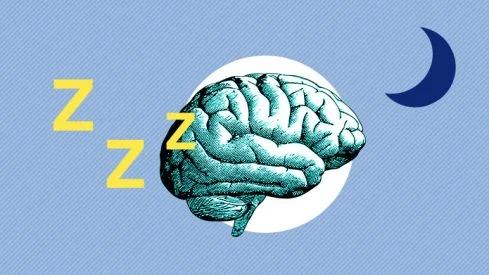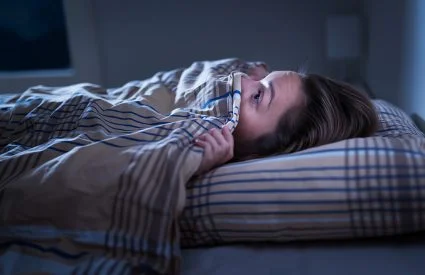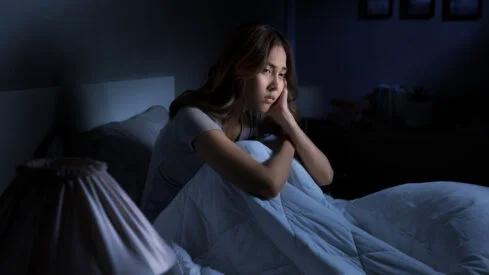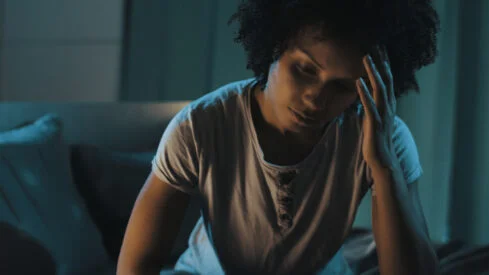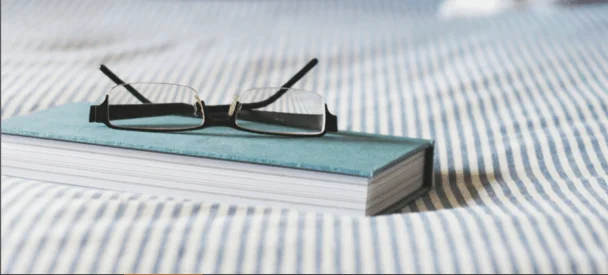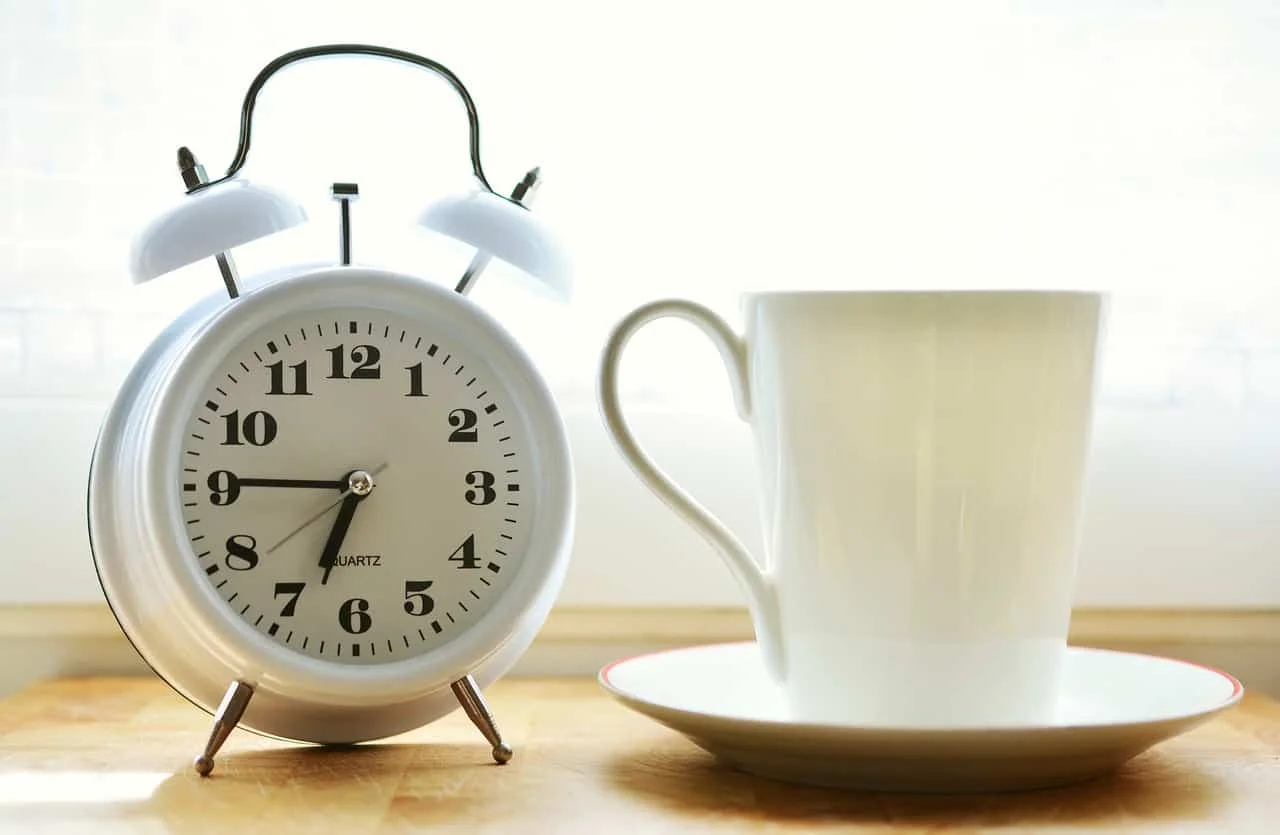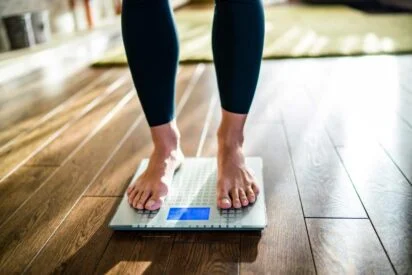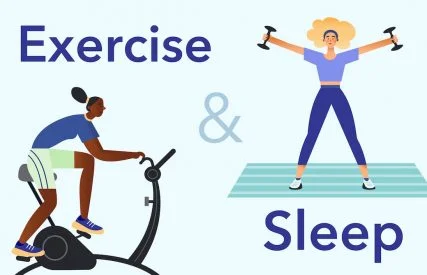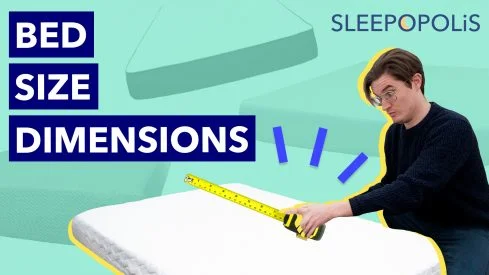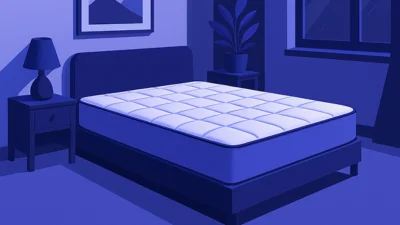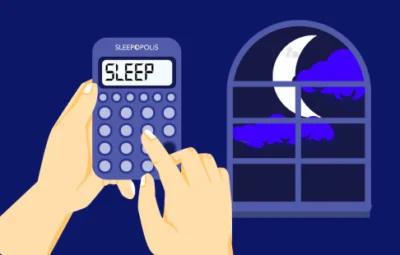
If you’re one of the many who automatically update your devices without reading what’s new and great in the fine print, you may have missed that your Apple Watch can now tell you how much time you spend in daylight. Without getting too techy, the daylight feature uses your watch’s ambient light sensor, GPS, and motion sensors to detect whether you’re outside.
According to the company’s press release, “Myopia, or nearsightedness, is the leading cause of vision impairment globally. It’s estimated to affect over 30 percent of the population currently and [is] expected to grow to 50 percent, or 5 billion people, by 2050. Noting that spending more time outdoors is one way to reduce the risk, the tech giant released this latest update as a means to help its users keep track of their time in the sun. (1)
We’re Not Spending Enough Time Outdoors
It should probably come as no surprise that the majority of the world has moved the goings on in their lives indoors. No doubt, fear-mongering around cancer and its ties to sun exposure started the ball rolling in the late 70s. Fast forward a bit, and we also find that the 21st century further fortified our move away from the great outdoors with the invention of the smartphone and its ilk. All roads have led us here — the neighborhood kids aren’t playing outside until the streetlights come on, parks sit largely empty from day to day, and hiking out in nature is something most people only do to check off a bucket list.
We’re not spending time outdoors in the sunlight, and it shows. Study after study has shown a dramatic increase in myopia worldwide. (2) (3) And as kids increasingly sit indoors, laser-focused on their devices, it’s hitting them hard.
Dr. Bhavin Shah, Behavioral Optometrist at Central Vision Opticians, who was in attendance at the Apple Health Briefing when the company announced the new feature, tells Sleepopolis, “Myopia (also known as nearsightedness) is a huge and growing problem in children’s vision. The number of kids who are myopic has doubled in the last 20 years.” So much so that myopia has become a major public health concern worldwide.
Shah explains, “It seems books or screens held closer than 25cm regularly and for long periods could increase the progression of myopia. Holding things close means that the eyes have to focus more over a sustained period of time. Our eyes adapt to that by becoming more near-sighted — it makes things more clear for close or near tasks but reduced for distance vision.” Moreover, Shah adds, “Research indicates that when children spend too many hours inside, their eyes fail to grow correctly, and they have a much higher risk of nearsightedness (officially called myopia.).” (4)
While he notes that “Holding things further away, taking lots of breaks, and focusing on things far away can reduce the risk of progression, Shah adds that “Daylight has a protective effect against myopia courtesy of shorter light wavelengths and the release of dopamine in the eye.” (5)
Spending Time in Daylight Benefits Your Sleep Too
While Apple’s motives behind its latest watch update are largely focused on reducing the risk of myopia, there are some very real fringe benefits of sunlight exposure. With increased sunlight exposure, people are likely to see positive changes in their sleep quality and overall health as well.
Sunlight Can Improve Sleep Quality
Your circadian rhythm is your body’s 24-hour internal clock that regulates your sleep and wake cycles. (6) Its regularity is deeply entrenched and inextricably linked to light, more specifically, sun exposure. As the sun sets in the evening, the darkness that comes with it stimulates your brain to produce melatonin to make you feel sleepy. As the sun begins to rise, the sunshine peeking through your window stops your brain’s melatonin production, leaving you alert and attentive.
For those who are a little off on their circadian rhythm, a good dose of morning sun can help get things back on track. Essentially, sunlight helps you reset your body’s internal clock (or circadian rhythm) to help you get some shut-eye at night. By spending time in daylight, you entrain your brain to sync with light and dark cues in your environment, and the end result is a better night’s sleep. (6)
Increased sunlight exposure and boosted vitamin D levels can also:
- Support bone and muscle health (7)
- Regulate blood pressure
- Improve immune function
- Protect against depression
- Regulate blood sugar levels
How Much Sunlight Do We Need?
While there are no hard and fast rules for how much sunlight you should get each day. Shah and the International Myopia Institute recommend that children get at least 2 hours of daylight per day. (8) (9) For adults, it looks like the timing varies according to the time of year and even skin tone.
One study out of Valencia, Spain, measured the amount of sunlight necessary to produce a sufficient amount of vitamin D in those with lighter skin tones. (10) The study concluded that during the warmer months, when more skin surface area is exposed, 8 to 10 minutes of sun exposure at noon is enough to produce the recommended amount of vitamin D. Meanwhile, in the winter, when only 10 percent of the body is typically exposed, people need nearly 2 hours of sun exposure at noon to produce a sufficient amount of vitamin D. (10)
So, if your time in daylight is now on the list of metrics you’d like to track — there’s an app for that.
How to see your time in daylight:
- Open the Health app on your iPhone
- Tap Browse at the bottom right
- Tap Other Data
- Tap Time in Daylight (11)
Other notable fine print in the update:
- This feature is only available with Apple Watch SE (2nd generation) and Apple Watch Series 6 or later
- Users can monitor the daylight exposure for family members with a managed Apple Watch
- The feature only works when your watch is unobstructed – clouds, shade, and clothing can affect readings
- You don’t necessarily need to be outside; spending time in a room with natural light counts, too
Sources
1. Apple provides powerful insights into new areas of health. Apple Newsroom. (2023, October 10). https://www.apple.com/newsroom/2023/06/apple-provides-powerful-insights-into-new-areas-of-health/
2. Shah RL, Huang Y, Guggenheim JA, Williams C. Time Outdoors at Specific Ages During Early Childhood and the Risk of Incident Myopia. Invest Ophthalmol Vis Sci. 2017;58(2):1158-1166. doi:10.1167/iovs.16-20894
3. Ho CL, Wu WF, Liou YM. Dose-Response Relationship of Outdoor Exposure and Myopia Indicators: A Systematic Review and Meta-Analysis of Various Research Methods. Int J Environ Res Public Health. 2019;16(14):2595. Published 2019 Jul 21. doi:10.3390/ijerph16142595
4. Tracy Trautner, M. S. U. E. (2023, February 23). The benefit of daylight for our eyesight. MSU Extension. https://www.canr.msu.edu/news/the_benefit_of_daylight_for_our_eyesight
5. Zhang J, Deng G. Protective effects of increased outdoor time against myopia: a review. J Int Med Res. 2020;48(3):300060519893866. doi:10.1177/0300060519893866
6. Reddy S, Reddy V, Sharma S. Physiology, Circadian Rhythm. [Updated 2024 May 1]. In: StatPearls [Internet]. Treasure Island (FL): StatPearls Publishing; 2024 Jan-. Available from: https://www.ncbi.nlm.nih.gov/books/NBK519507/
7. U.S. Department of Health and Human Services. (n.d.). Office of dietary supplements – vitamin D. NIH Office of Dietary Supplements. https://ods.od.nih.gov/factsheets/VitaminD-Consumer/#h1
8. IMI prevention of myopia and its progression. Myopia Institute. (n.d.). https://myopiainstitute.org/imi-whitepaper/imi-prevention-of-myopia-and-its-progression/
9. Ho CL, Wu WF, Liou YM. Dose-Response Relationship of Outdoor Exposure and Myopia Indicators: A Systematic Review and Meta-Analysis of Various Research Methods. Int J Environ Res Public Health. 2019;16(14):2595. Published 2019 Jul 21. doi:10.3390/ijerph16142595
10. Serrano MA. Contribution of sun exposure to the vitamin D dose received by various groups of the Spanish population. Sci Total Environ. 2018;619-620:545-551. doi:10.1016/j.scitotenv.2017.11.036
10. See time spent in daylight. Apple Support. (n.d.). https://support.apple.com/en-gw/guide/watch/apd3ab22534c/watchos
12. Shah, Bhavin. Author interview. November 3, 2024.
